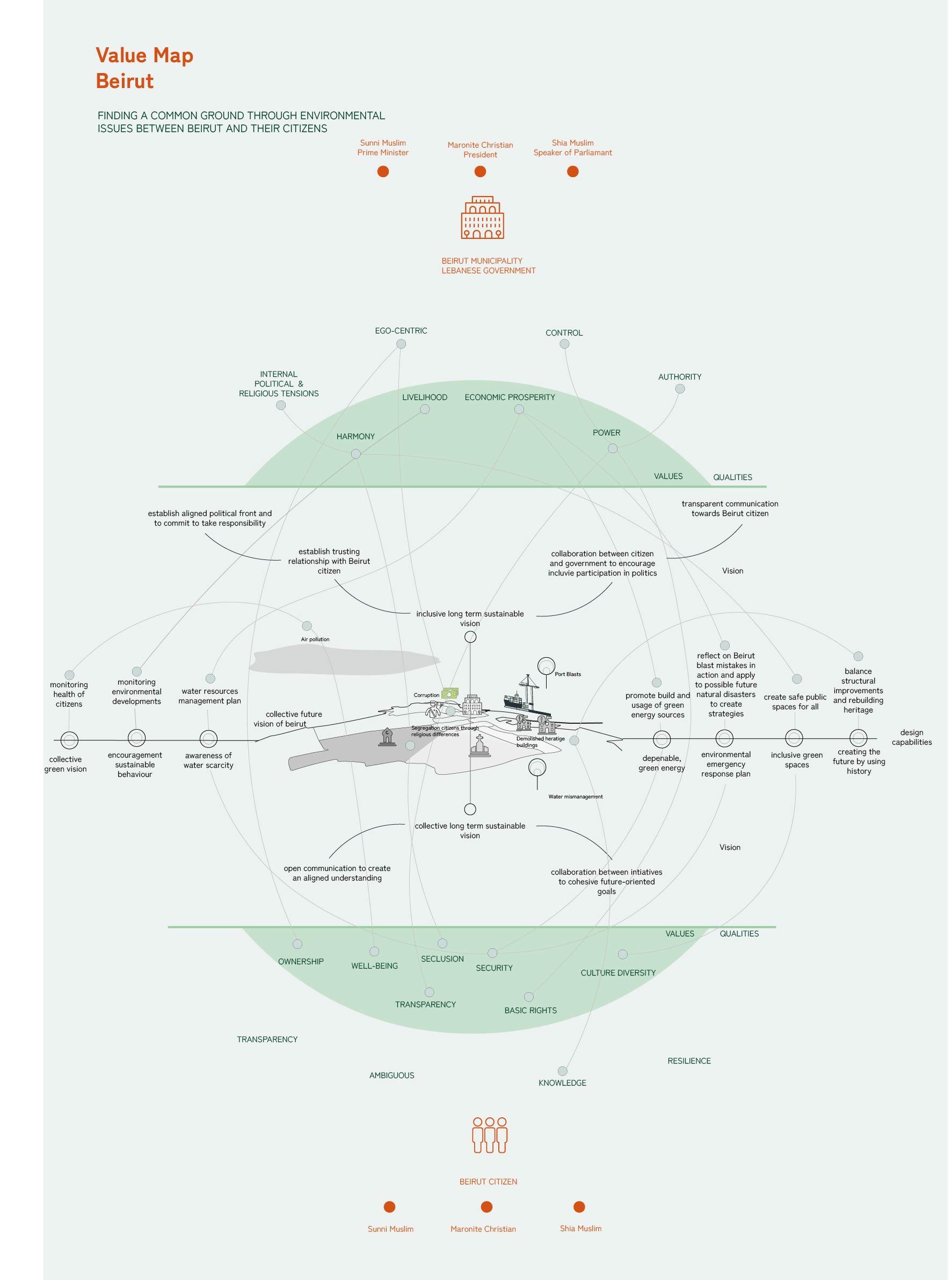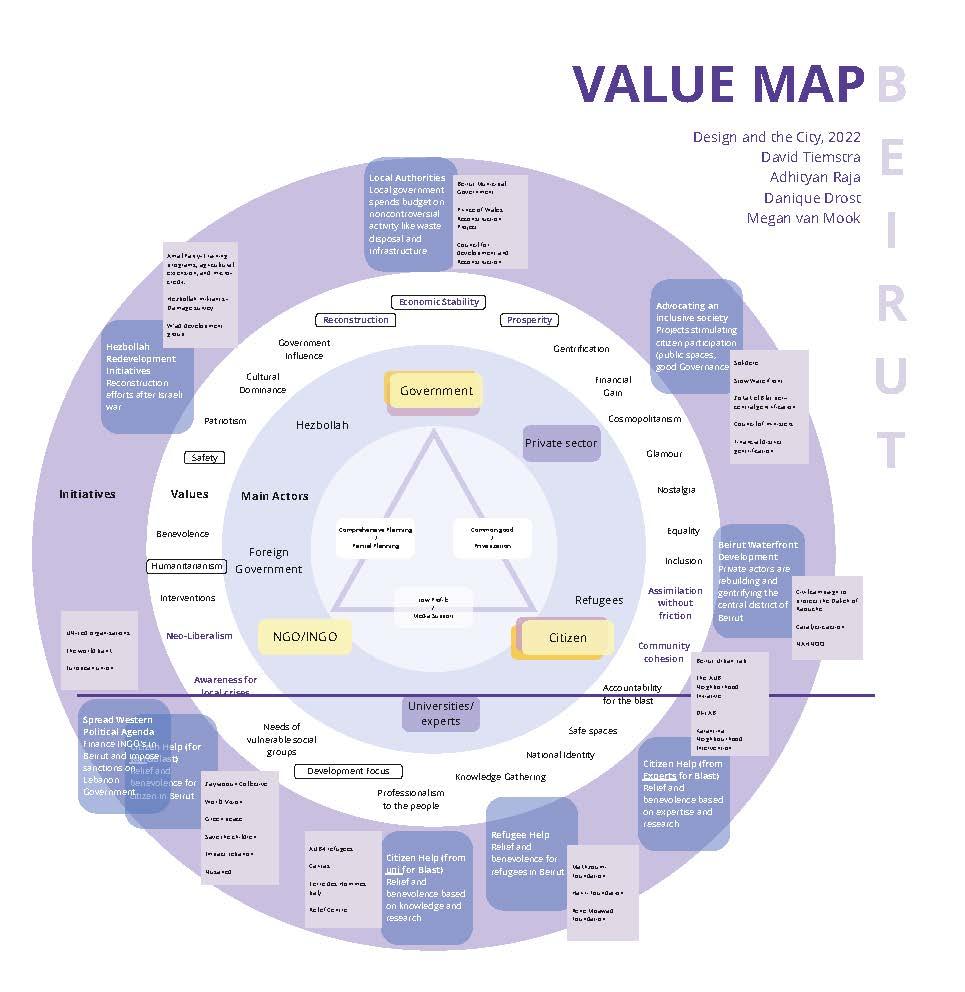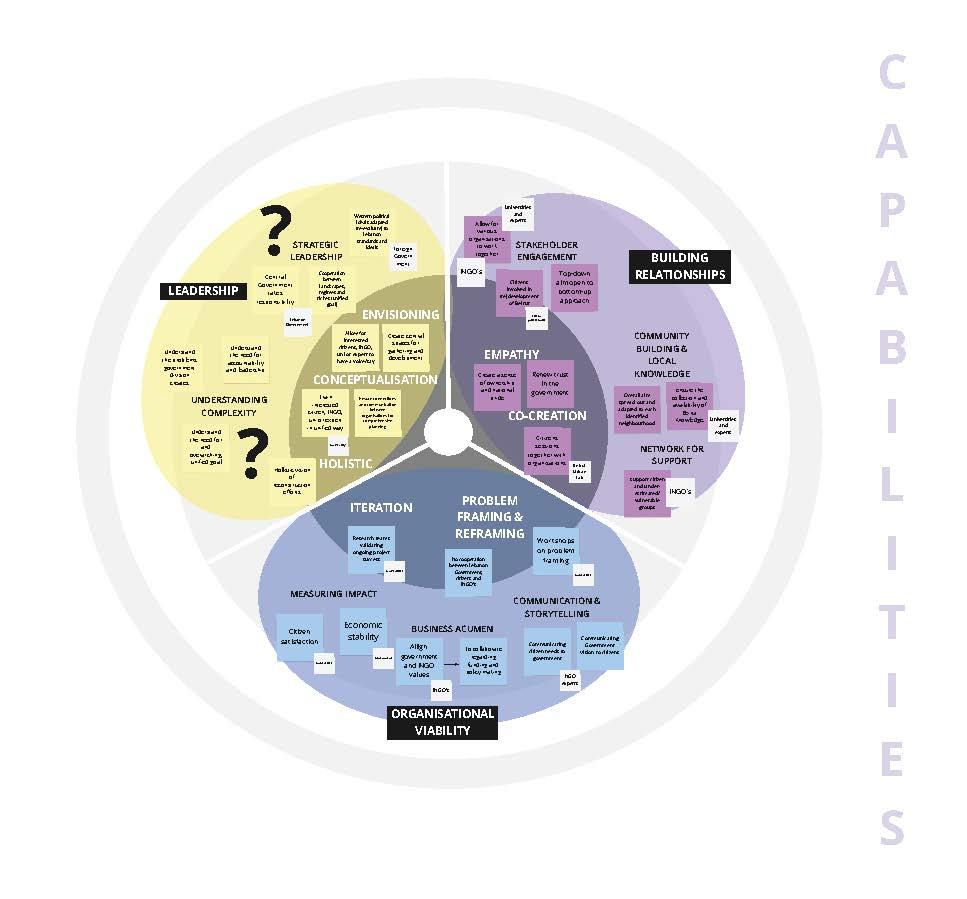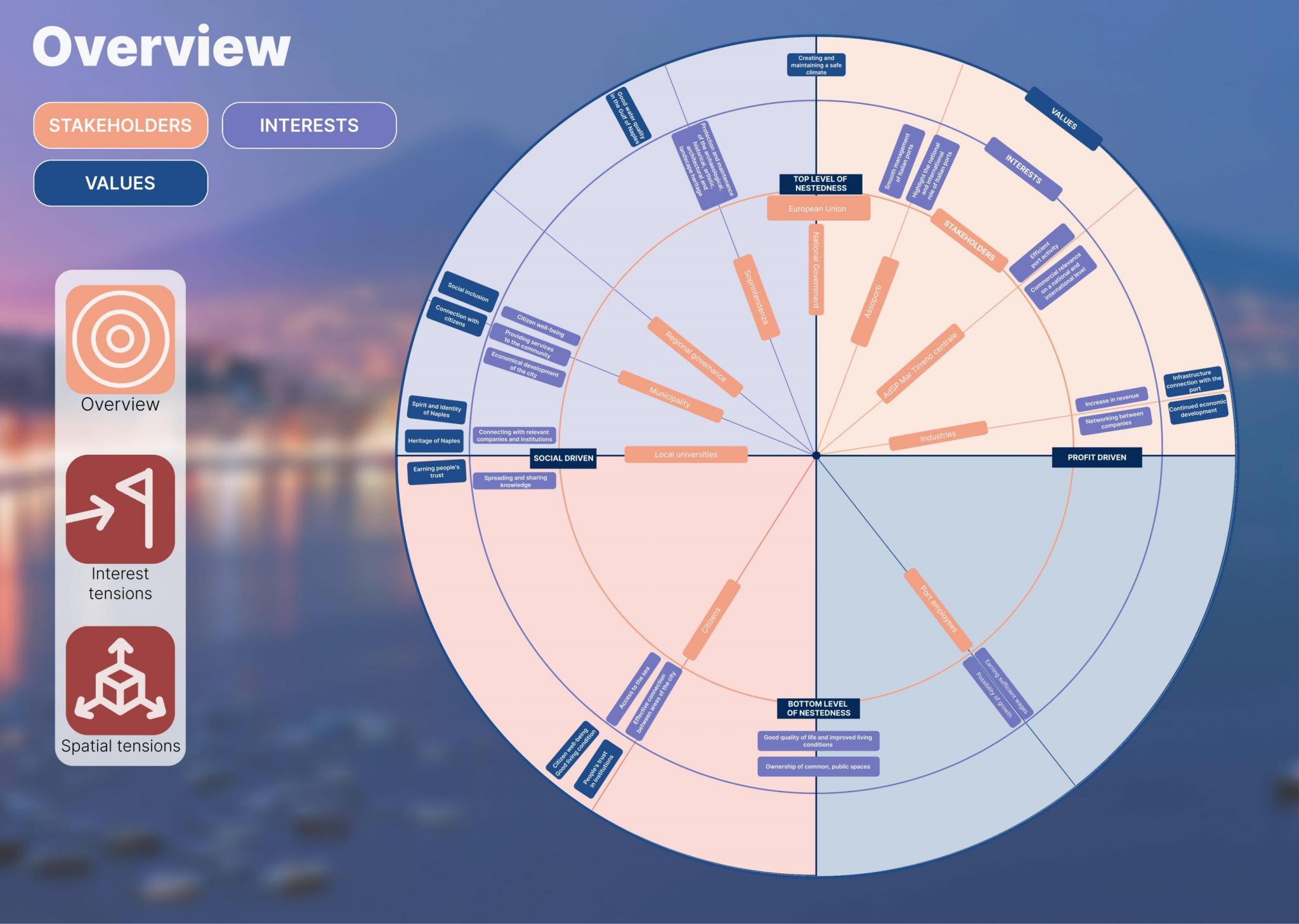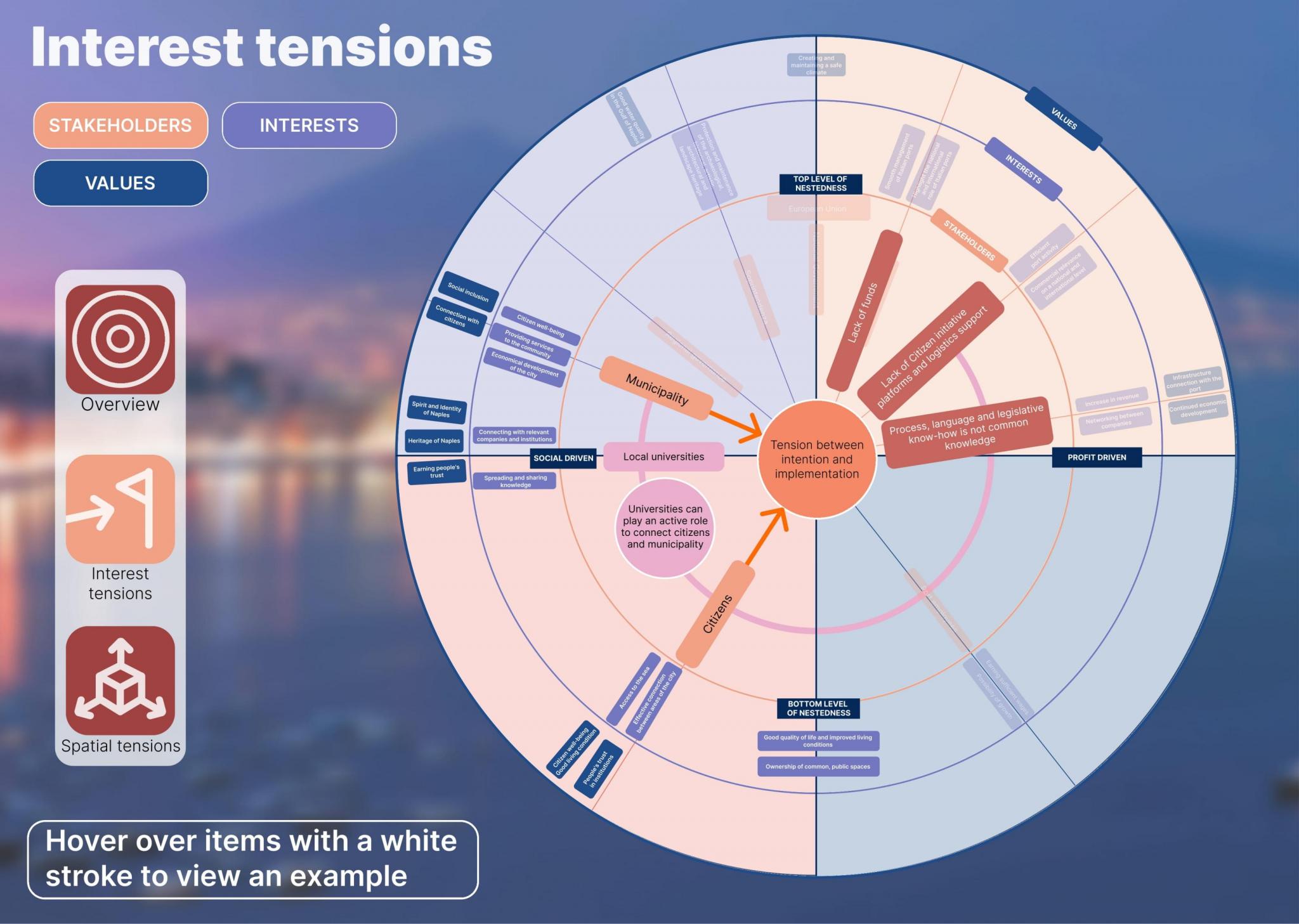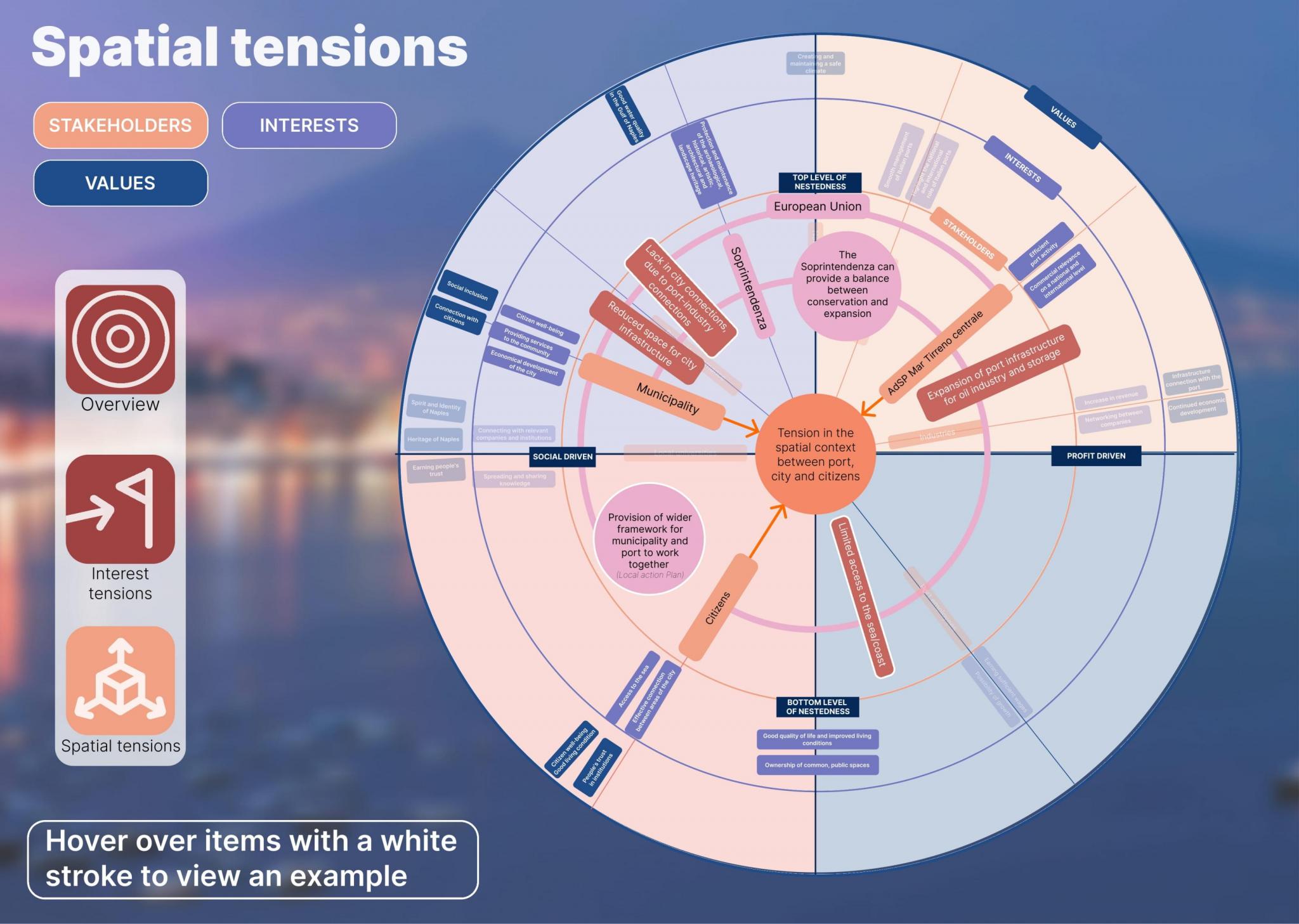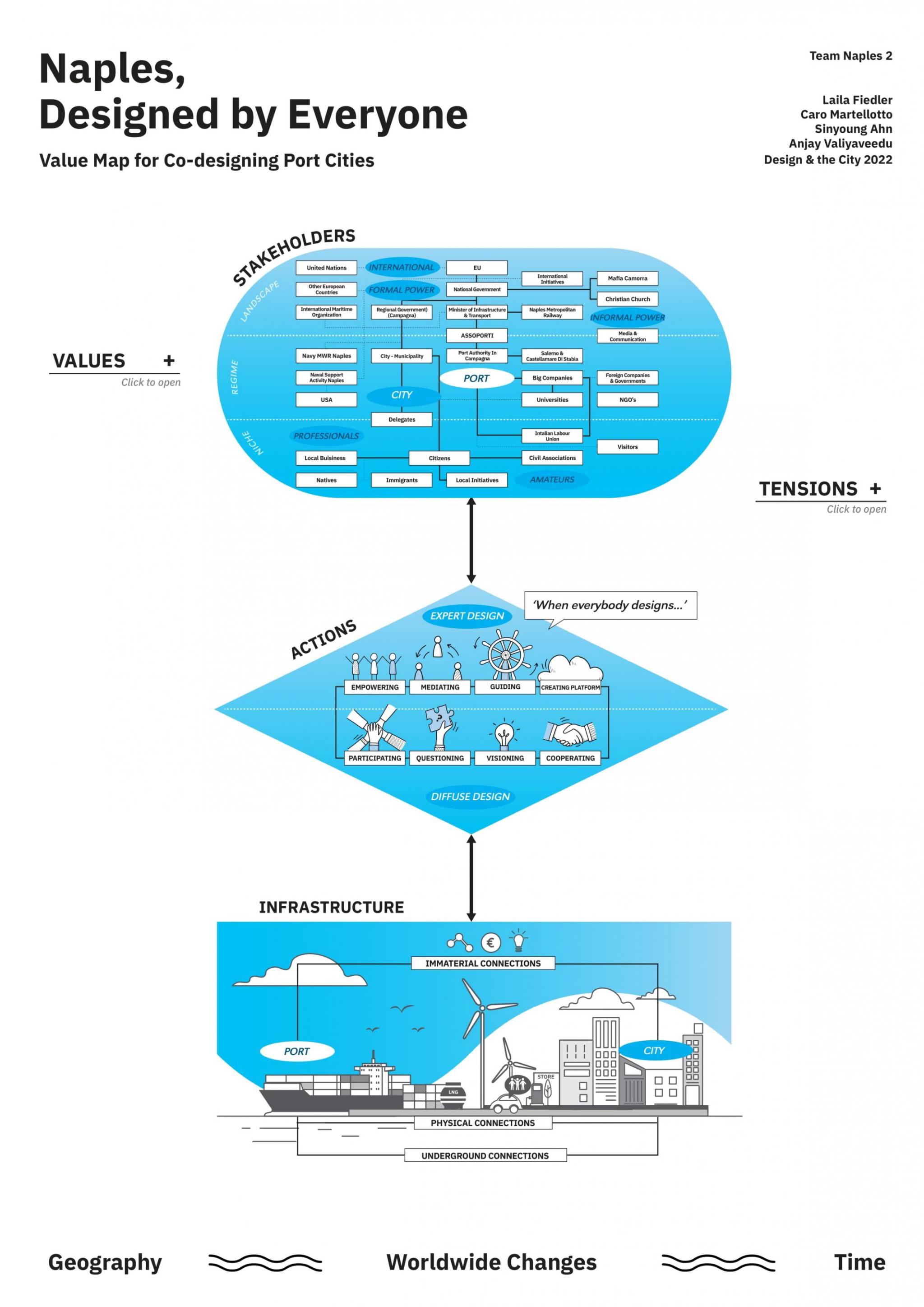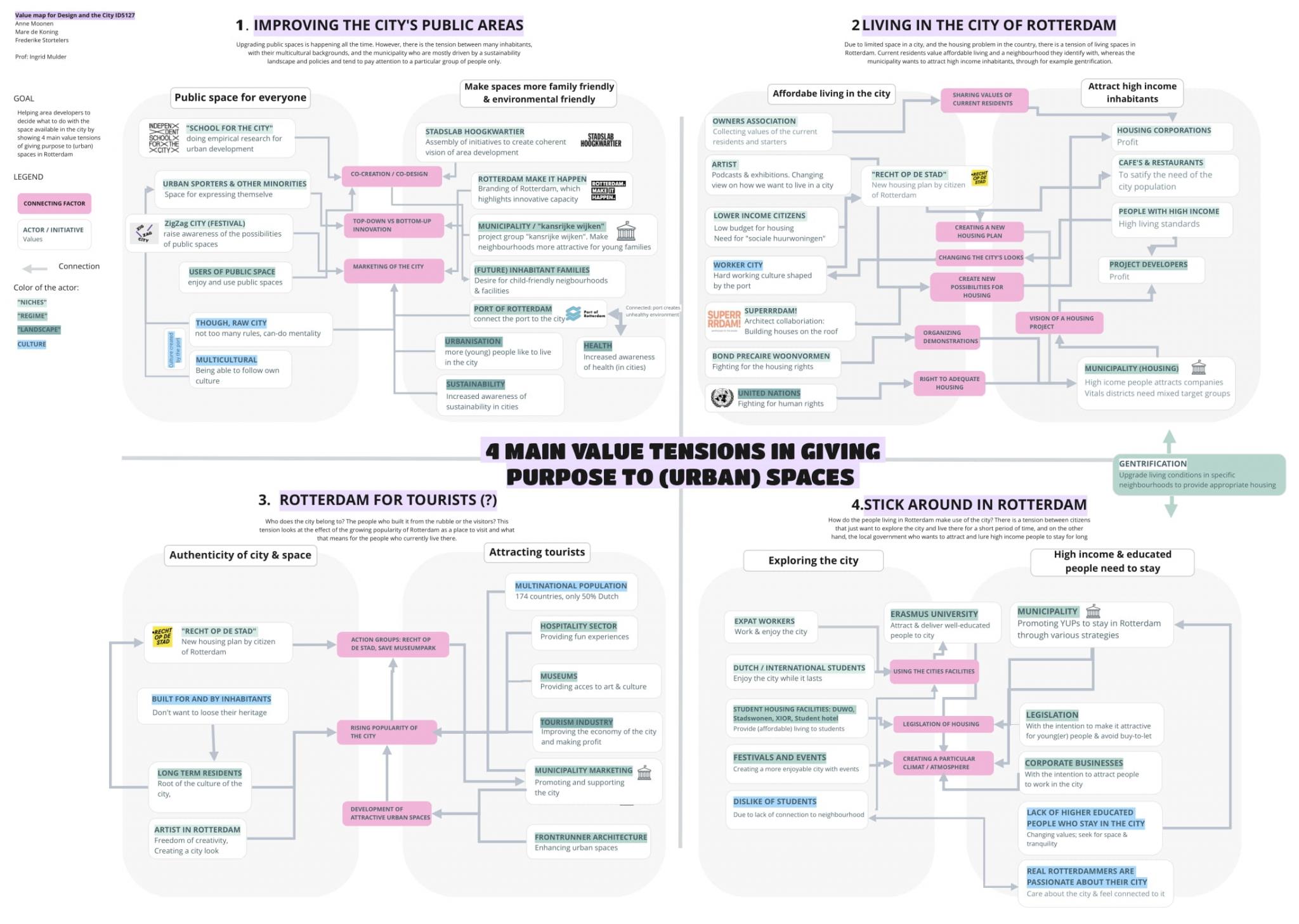Cities are complex and challenging environments where design plays a key role in solving situated problems and enabling sustainable social innovation. Cities also ask for innovation to deal with societal challenges and are a great context to foster further adoption of design. In other words, cities are both problem owners and living labs for finding solutions for today’s pressing societal challenges, such as environmental issues and climate change. The way cities are lived and used are oftentimes expressions of different stakeholders’ interests, aspirations and visions for the city. In other words, of the values they hold.
Within large and complex contexts such as cities, values and tensions among different stakeholder groups may not always be evident. Even so, it is not straightforward what needs to be done to enable their potential to support and inform value-driven innovation trajectories in the city.
In this course from the Industrial Design Engineering faculty of TU Delft, Master students investigated the presence of design-enabled innovation in the urban context and particularly explored the diversity of roles design can play in enabling mission-driven innovation in cities.
During the course students had the chance to get in contact with experts of the Leiden-Delft-Erasmus institute PortCityFutures; Carola Hein, Paolo De Martino and John Hanna, gave them access to their knowledge in the matter and to ongoing research and publications.
In the process of developing their values maps students focused on three port cities: Beirut, Naples and Rotterdam and their specific characteristics, values, and mindsets that make them prone to social and urban innovation. Ports and cities have become areas where port and city activities occur simultaneously and sometimes conflict. In a time of global challenges and the need for transitions, it is timely to investigate these territories, develop a renewed understanding of the internal dynamics of port cities, and recover a generative dialogue between ports and cities.
The final outcomes are Value maps. A Value map is a visual place-holder allowing the students to communicate the insights gained. The Value map’s aim is also making the insights explicit, it shows the conditions, values, and mindset present in the port city, in relation to the port city innovation ecosystem of initiatives and its capacity, to unveil trajectories for value-driven transitions.

